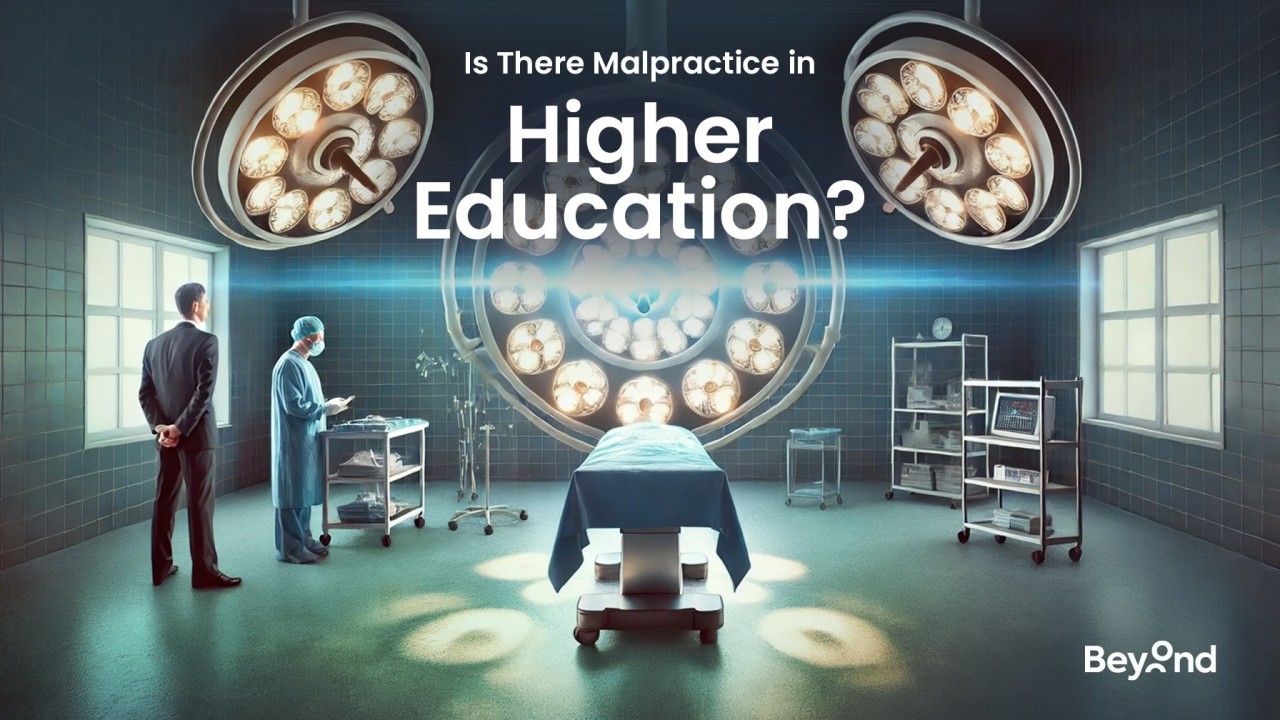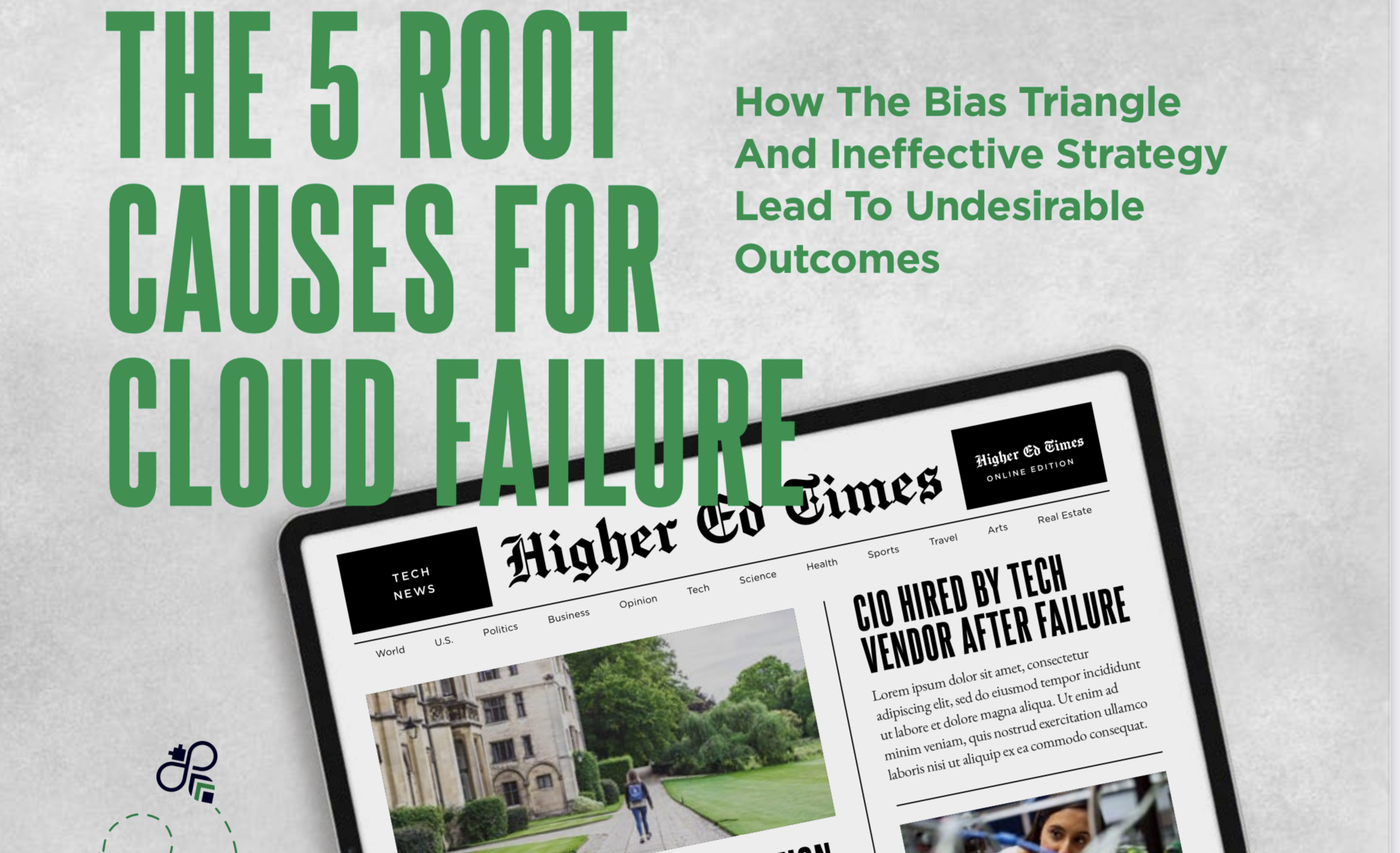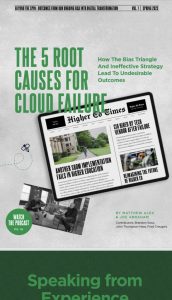Take it from a guy who has led some of the largest SIS implementations in the country (in a past life).
The the hard truth: Activity ≠ Productivity
Just because a project is active doesn’t mean it’s productive. Just watch this video and see that while there is activity, there is little productivity on this guy’s part.
For years, higher ed institutions have poured millions into implementations, logging endless hours of meetings, configuration sessions and “workstreams.” But fast forward to go-live—what do we see? A system that’s incomplete, untested, and far from what was promised.
- Testing? Barely done with any level of confidence.
- Functionality? Half-baked.
- Campus expectations? Nowhere near met.
Unfortunately at this late stage, everyone’s enthusiasm—from the project manager to the implementation team—has fizzled, and everyone resorts to frustration and finger-pointing.
We often hear this phrase: “Let’s just cut it over.”
And then comes the spin to campus leadership: “We’ll need more effort after go-live to really make this system work.”
Wait, what?!
What were you doing for the past 12–18 months? Sure, there were meetings. Sure, people filled out configuration workbooks. But was any of it meaningful? Were deliverables actually delivered? Often, the answer is no. Why? Because the accountability just wasn’t there.
This is the broken cycle of implementation: schools spend $10M, $40M, sometimes $100M, only to end up with vague explanations about why things fell short. The narrative shifts to “post-go-live optimization” as if that wasn’t the plan all along. Funny, that wasn’t part of the sales pitch when you signed up for this massive investment, was it?
Think about it—if you dedicated 2,000 hours to anything – be it learning to fly kites or becoming a home chef, you can accomplish a lot in that amount of time. Yet, this is what schools are spending per staff member and per consultant just to complete configurations. 5 consultants at $200-400 per hour is $1,000 to $2,000 PER HOUR invested. What exactly are you getting in that hour? And who is accountable for the countless hours billed within the 2,000 hour year where your consultants were looking busy, active but no really productivity to the project outcomes?
“But Matt, there’s so much involved! We have to wait for decisions.” Says the implementation partner.
Okay, but here’s the question: are you getting paid to wait on schools to make decisions, or to design, configure, and deploy the system? If you’re waiting, then why burn implementation time on it? Why wasn’t the school prepared with these decisions before? Where did you drop the ball in preparing them.
Here’s the somewhat sinister question “Is it almost better for you (the implementation partner) for schools NOT to be prepared, so that you can twiddle your thumbs billing $400+ a hour while they scramble to get answers and decisions?
This is exactly why alignment, decision-making, and architecture must be finalized before launching an implementation. Without this foundation, all that time and effort is wasted. But implementation parties and software vendors are NOT equipped to do this work.
Here’s a breakdown of why this scenario keeps repeating itself across the industry:
- No real accountability. Sure you have weekly project stand up meetings, everything is spun as productive. Was it really? The reality is there were no metrics to validate outcomes, and no oversight on daily, weekly, or monthly results to measure that progress aligns with expectations and capabilities.
- Certified implementors do not have the bench to do the proper pre-work to prepare you. Pick a certified partner in the market, let’s go through their staff assigned to your project, and we’ll clearly demonstrate that to be true. Their people are certified to implement technology. Few, if any, have worked on the client side managing an office or leading an implementation. They don’t have the higher ed context to create alignment, get buy-in on decisions, anticipate future needs, architect to a future-ready state, or even anticipate the domino effect of one decision on the 100 other areas it impacts across campus. They just take your decisions and roll with it.
- Vendors & certified implementors are not transformation experts – no matter how much they might disagree with this statement, it is pure FACT. Just look at the track record of the countless ongoing stabilization efforts and post-go-live struggles over the past few years, they speak for themselves. Let’s be honest—these players don’t care if your campus truly transforms. Their priority is selling software licenses and reaching go-live so they can declare success and move to the next client who they can bill.
But the real question is: are you successful?
What’s missing is true, bold, strong leadership that demands more than just “activity.” But this requires understanding of what should be accomplished.
Understand this: Every hour spent on your project needs to have clear, measurable outcomes. Vendors and their certified partners should be driving success, not making excuses or blaming the school. If they can’t deliver while acknowledging and overcoming the unique “challenges of change” within higher education, they need to take accountability for not making you successful or they shouldn’t be leading you.
This is the problem with every implementation. No one truly takes on the responsibility of overseeing the entire process. The reality is that it requires deep expertise in every aspect of an implementation and a rooted experience in running offices in higher education —not just the step-by-step of installing software. Time and again, this old antiquated software implementation approach has proven to be flawed as it should be implementation of transformation.
Don’t allow people to look busy while burning through your budget. Start holding every consultant, vendor, client team member and project leader accountable for delivering results—not just spinning stories. Ask Beyond to oversee this outcome if needed.
Higher ed, it’s time to wake up. If you’re investing $10M+ in transformation, demand nothing less than actual transformation.
It’s your campus. Own it.












